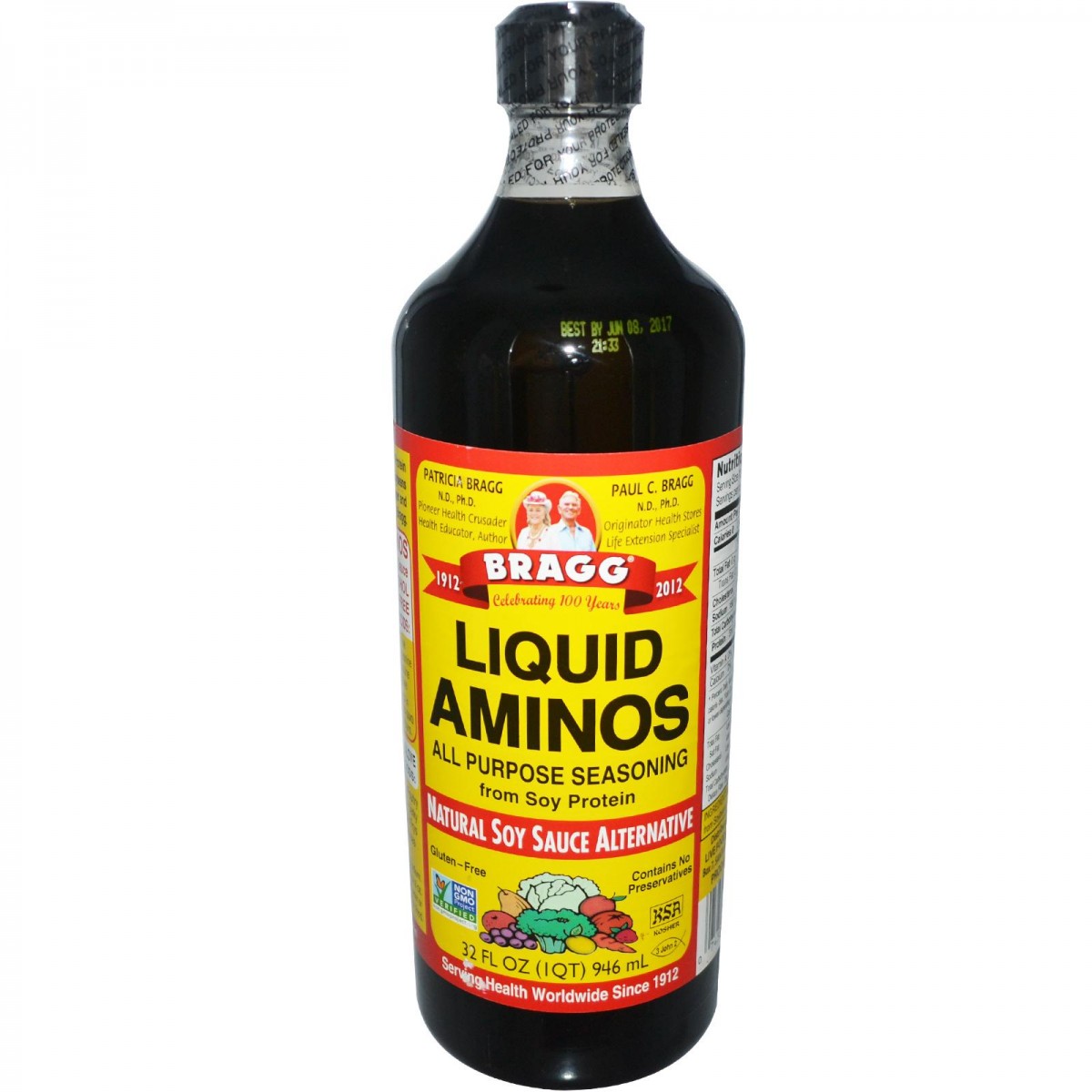I’m often asked about healthy salt intake, and it crops up in media discourse quite frequently. How much is too much? And what does too much salt actually do to your body?
For starters, the recommended dietary allowance (RDA) is 1.6g/70 mmol sodium (4g salt) per day for adults.
The majority of people take in twice as much sodium as potassium, with common food culprits including packaged and processed foods, crisps, salted nuts, pizzas, chips, takeaways, cured meats, and packaged soups, sauces and frozen meals.

But a dietary potassium-to-sodium ratio of more than 5:1 is recommended to maintain optimum health. It’s important to keep your kidneys and other organs healthy, your skin smooth and hydrated and prevent you from getting dark circles and bags around your eyes, and a puffy face.
An imbalanced intake with too much sodium and too little potassium in the diet, has also been shown to cause high blood pressure, which is a major risk factor for heart disease: Cardiovascular disease, including heart disease, stroke and related diseases is the single highest cause of death in Ireland, accounting for over two in five (approximately 41%) of all deaths.
Salt and Water Retention:

Ever have days when you feel bloated? There could be a variety of reasons for this, including certain hormones and food intolerances. But an excessive intake of salt and low amounts of potassium in the diet really strains your kidney’s job in preserving a healthy fluid volume in your blood. This can create high blood pressure and water retention, making people looks pounds heavier than they really should.
This can also add years to your age and rob you of your healthy glow as your dehydrated body is struggling to balance itself.
Sugar Cravings and Salt:

Another thing about salt is that it’s a very contracting food. It’s the opposite to sugar, which is an expanding food.
To really understand what I mean, try eating a salty meal or snack…

You’ll soon find that you’re craving something sweet to counteract all the saltiness, which causes your cells and vessels to contract as water is pulled out of them.
Sweet foods balance this out, and it’s something to keep in mind the next time you find yourself craving dessert. Adding salt to your meal or choosing a particularly salty type of food, like bacon and other cured meats, will very likely encourage you to want a dessert or sweet drink afterwards.
In this case, cravings for sugar and chocolate can be more simple to manage by being a little more sensible with your food choices.
The Best Potassium-Rich Foods:

Eating a diet rich in fresh fruit and vegetables will easily fix this ratio as most have a potassium-to-sodium balance of 50:1. Get used to choosing foods in their most natural form as possible, and opt for meals that haven’t been cooked in salty sauces if you’re eating out.
Some of the best sources of potassium are melons, bananas, avocado, sweet potato, beans, beetroot greens, spinach, dried apricots and mushrooms. Here are the average K:Na ratios for a few of my fave fruits and veggies:

- Apples 90:1
- Bananas 440:1
- Carrots 75:1
- Oranges 260:1
A range of other foods are often promoted as being good sources of potassium, including potatoes and milk. However, eating too many potatoes regularly can cause your blood sugar levels and insulin levels to remain chronically raised. As insulin is your fat-storing hormone, this can make weight loss much more of a challenge. Sweet potatoes are a better option as they have a lower glycemic load.
Milk and other dairy products also have quite a lot of potassium at 366 milligrams per cup, but it also contains rather a lot of sodium with 107 milligrams per cup. But since The Harvard School of Public Health has confirmed that a high consumption of dairy is linked to prostate cancer in men as well as a variety of other health problems, it’s not an option I would ever recommend as there are so many other ways to get a healthy daily calcium intake from plant-based sources.
Too much potassium from supplements can actually be dangerous too, and especially for those with kidney disease, so it’s best to get your intake from a healthy diet instead.
What’s The Alternative?
If you’re still craving a salty taste, try a small pinch of Himalayan pink rock salt or Celtic sea salt, as they’re richer in minerals than refined table salt. Another trick of mine is to use a few drops of low-sodium tamari sauce or Bragg Liquid Aminos. But don’t overdo it, as a little goes a long way!


